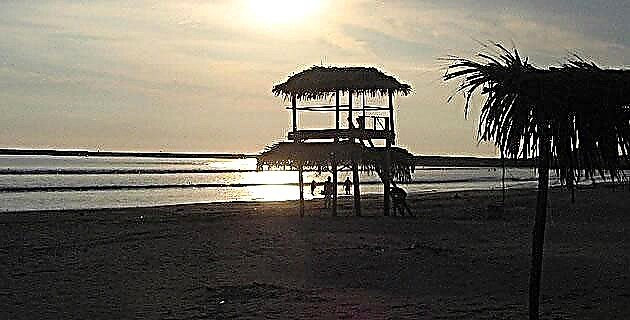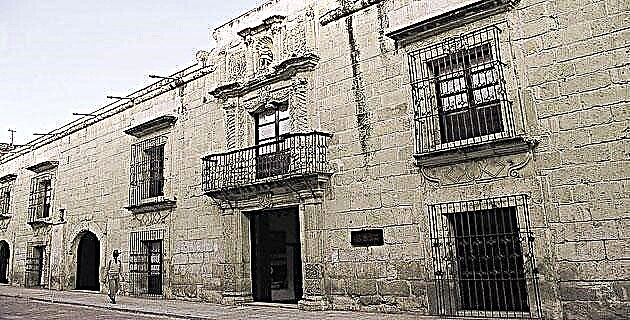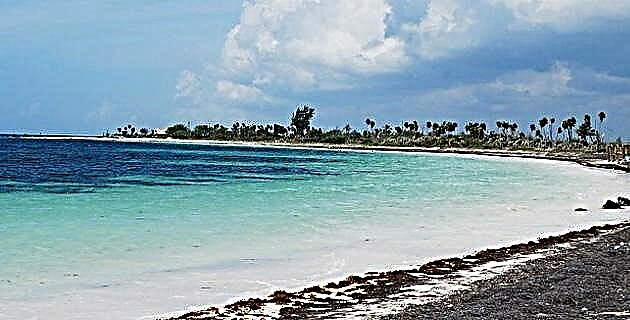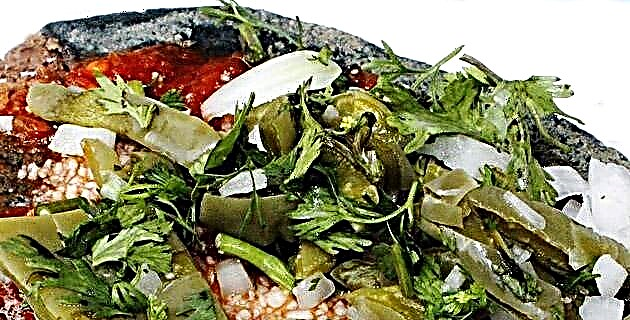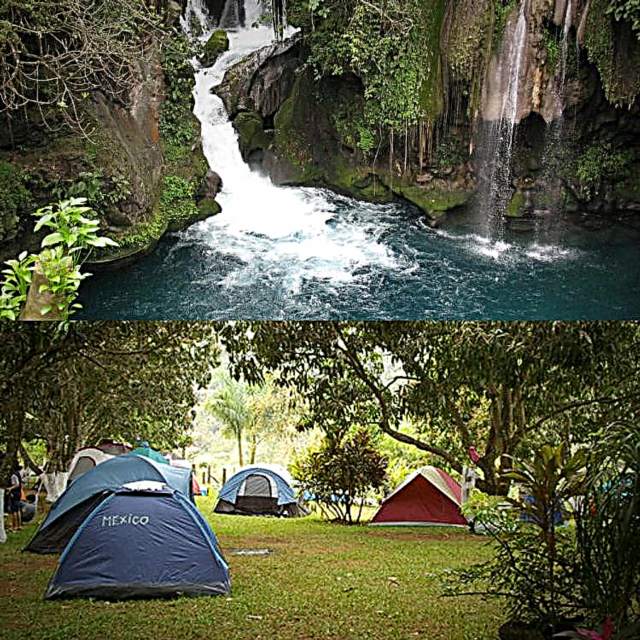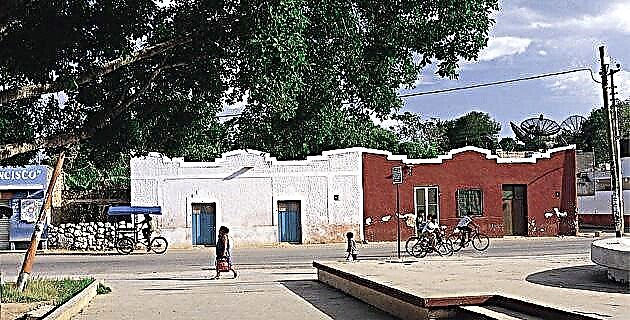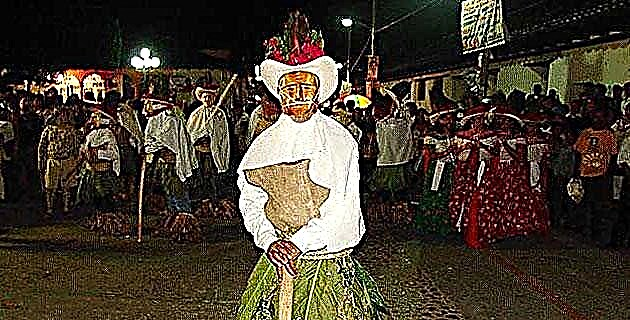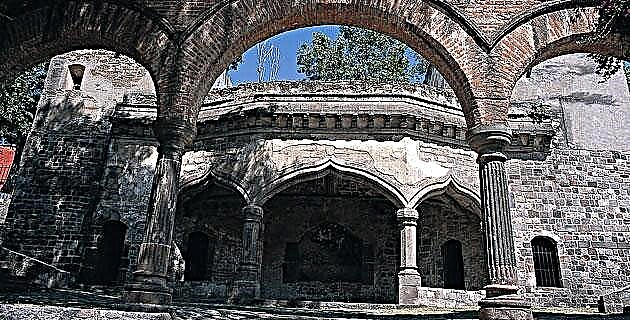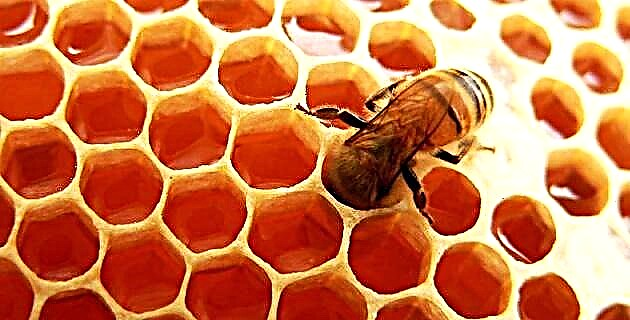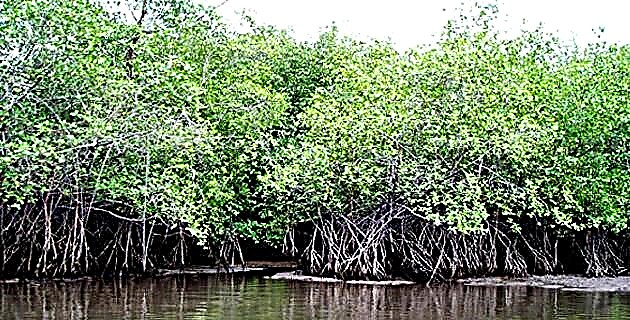
La Encrucijada presents several types of typical vegetation in the coastal zone, which are considered as the most important wetland system on the American Pacific coast, mainly due to its extension, structure and high productivity.
Within the area there is also the only community of low floodplain forest in the country represented by Manilkara zapota zapotonales, as well as extensive areas of tulares Typha latifolia, popales de Thalia and Pontederia dominated by grasses Phragmites australis, with lagoon systems and presence of some patches formed by medium forest and low subperennifolia, which is why it has been considered a strategic area of wetlands that requires proper management and priority conservation.
There are hundreds of square kilometers covered with brackish water in which there is no vegetation capable of surviving, with the exception of the mangrove, shrub and tree that here reach a unique development and you can find the four species that make up the mangroves: red mangrove Rhizophoramangle, black mangrove Avicennia germinans, white mangrove, Laguncularia racemos, and buttonwood mangrove, Conecarpus erectus. In some places they give rise to large mangrove forests up to 35 m high; This makes them considered the highest in the Northern Hemisphere and Central America.
Perhaps this plant will one day deliver its great secret: it is in itself a plant laboratory sunk in salty water, and from this its roots take the salt, separate it and eliminate it by the transpiration of its leaves. Each mangrove plant becomes, then, a whole still system that uses no more fuel than the sun's rays.

